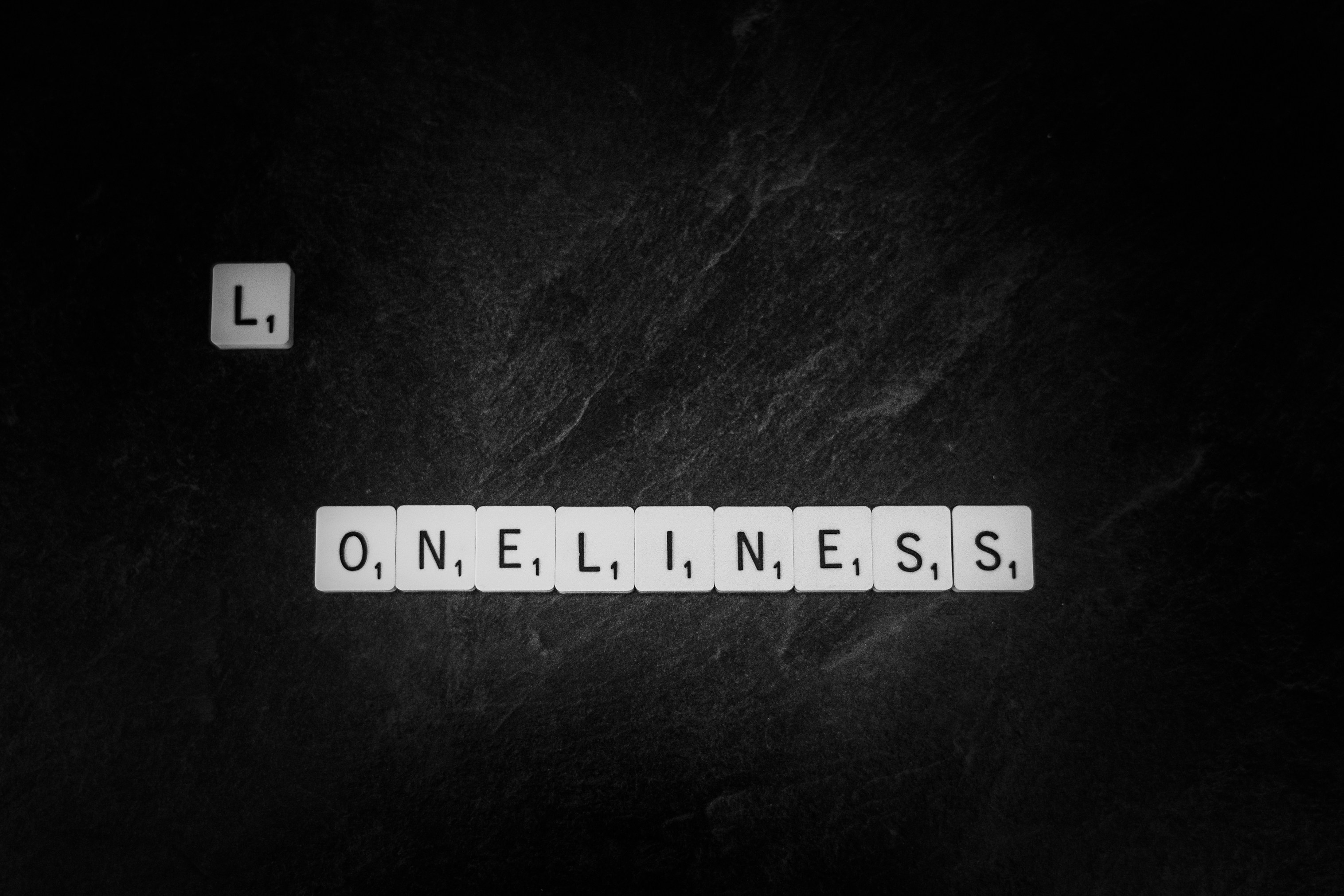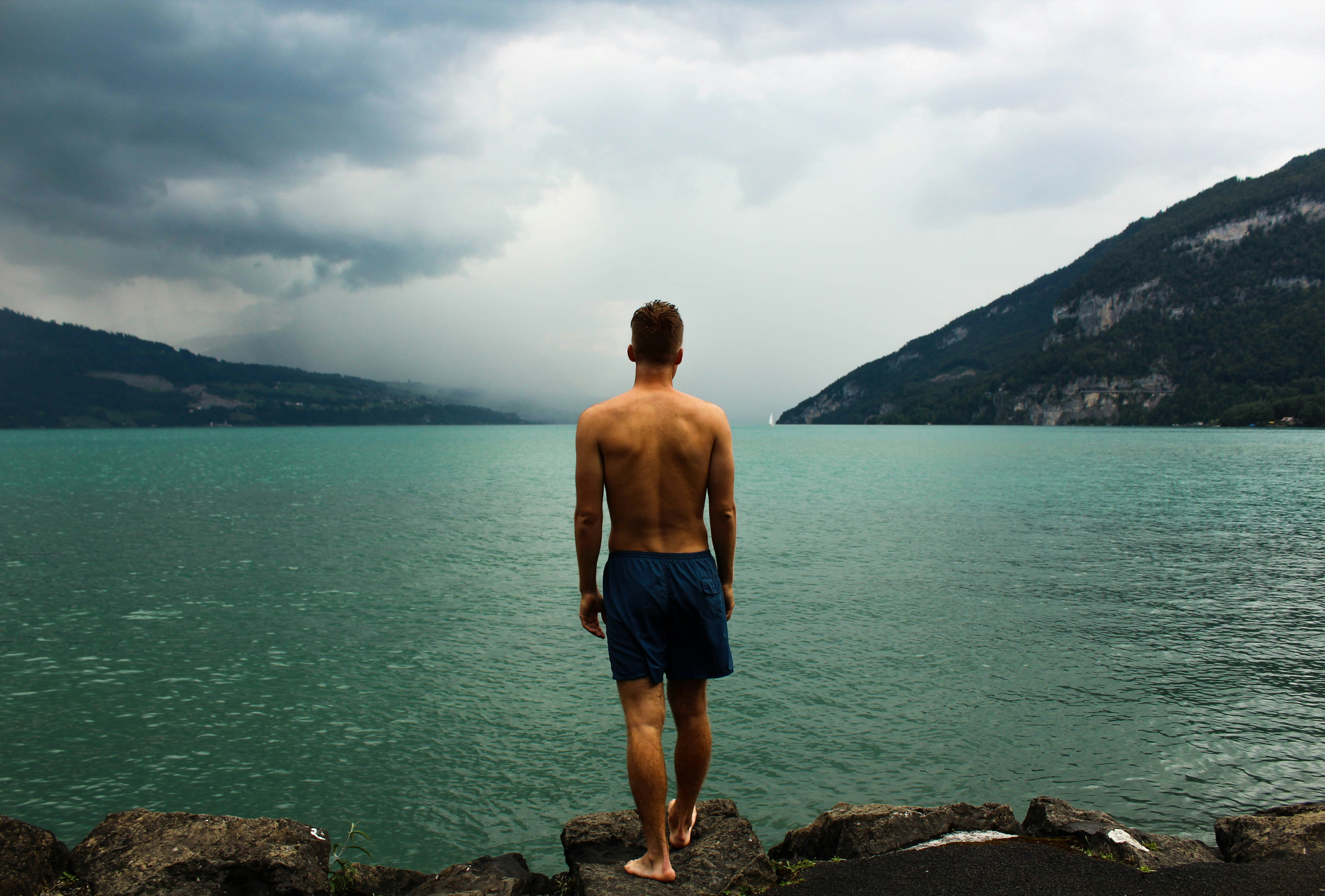So you’ve decided to take the plunge and experience the invigorating world of cold plunges. But before you jump in, it’s important to know the ins and outs of cold plunge etiquette to ensure a smooth and enjoyable experience for all. In this article, we’ll guide you through the do’s and don’ts, helping you navigate the cold plunge experience like a pro. From respecting personal space to following proper attire, these simple tips will not only make you a well-mannered cold plunger, but also enhance your own wellness journey. So grab your towel, brace yourself for the chill, and let’s dive into the world of cold plunge etiquette.
Clothing
Wear appropriate swimwear
When preparing for a cold plunge, it’s important to wear appropriate swimwear. Opt for a swimsuit that fits well and allows you to move freely in the water. Avoid loose or baggy clothing that may become uncomfortable or restrict your movement. Additionally, choose swimwear made from materials that dry quickly to prevent discomfort after leaving the water.
Bring a towel or robe
After taking a cold plunge, you’ll want to dry off as quickly as possible to avoid feeling chilled. Bringing a towel or robe is essential for this purpose. Choose a towel that is large enough to cover your body comfortably and absorbent enough to dry you off effectively. A warm, cozy robe is also great to have on hand to wrap yourself in after the plunge, providing extra warmth and comfort.
Consider wearing water shoes
When entering a cold plunge, the floor can be slippery, especially if there are other people in the area. Consider wearing water shoes to provide traction and prevent any accidental slips or falls. Water shoes also offer protection for your feet, minimizing the risk of injury from sharp or rough surfaces in the plunge pool. It’s always better to be safe than sorry when it comes to your footwear choice.
Preparation
Know the temperature beforehand
Before embarking on a cold plunge, it’s crucial to know the temperature of the water you’ll be entering. Different cold plunge pools may have varying temperatures, and it’s essential to be aware of what you’re getting into. This knowledge will help you mentally prepare for the shock to your system, allowing you to approach the experience with confidence.
Warm up your body beforehand
Engaging in some light physical activity or doing warm-up exercises is a great way to prepare your body for a cold plunge. By raising your body temperature and getting your blood flowing, you minimize the initial shock to your system when you enter the cold water. Some stretching, light jogging, or even a few jumping jacks can help warm up your muscles and prepare your body for the plunge ahead.
Stay hydrated
It’s important to stay hydrated before and after a cold plunge. Drinking water beforehand helps ensure that your body is properly fueled and hydrated for the experience. Additionally, hydrating after the plunge helps replenish any fluids you may have lost during the activity. Cold water exposure can be physically demanding, so keeping yourself hydrated is essential for your overall well-being.
Entering the Plunge
Take it slow
When entering a cold plunge, it’s crucial to take it slow and ease your way into the water. Abruptly plunging into extremely cold water can be a shock to your system and may trigger a gasp reflex, making it difficult to control your breathing. Instead, gently lower yourself into the water, allowing your body to acclimate to the temperature gradually. This gradual approach reduces the initial discomfort and helps you better manage your body’s response.
Submerge completely
To fully experience the benefits of a cold plunge, it’s important to submerge your entire body in the water. Ensure that your chest, shoulders, and head are fully submerged, as these areas are highly receptive to the cold stimulus. By immersing yourself completely, you enhance the therapeutic effects of the cold plunge and maximize the benefits for your body and mind.
Control your breathing
Maintaining control over your breathing is crucial throughout the cold plunge experience. As you enter the water, take slow, deep breaths to help manage any initial shock or discomfort. Focus on inhaling deeply through your nose and exhaling slowly through your mouth. This controlled breathing technique can help calm your mind and relax your body, allowing you to embrace the experience fully.
Timing
Limit your time in the water
While cold plunges can offer numerous benefits, it’s essential to limit your time in the water, especially if you’re new to the practice. Starting with shorter durations, such as 30 seconds to a minute, allows your body to adapt gradually. As you become more experienced and comfortable, you can gradually increase the time spent in the plunge. Always listen to your body and respect its limits.
Avoid prolonged exposure to extreme cold
Even though cold plunges can have positive effects on your body and mind, it’s essential to avoid prolonged exposure to extreme cold. Extended periods in very cold water can potentially lead to hypothermia or other adverse reactions. It’s crucial to know your body’s tolerance and ensure you don’t exceed its limits. If you start feeling uncomfortable or develop any unusual symptoms, exit the water immediately.
Listen to your body
One of the most important aspects of timing during a cold plunge is listening to your body. Each person’s tolerance and physical response to cold water can vary. Pay attention to how your body feels throughout the experience. If you start shivering uncontrollably, feeling numbness, or experiencing extreme discomfort, it may be a sign that your body has had enough. Always prioritize your well-being and exit the water if necessary.

Recovery
Warm up slowly
After leaving the cold plunge, it’s crucial to warm up slowly to allow your body to adjust gradually to the change in temperature. Instead of rushing to put on warm clothing or sitting in a hot environment, take your time to warm up naturally. Gently massage your body or do some light exercises to stimulate blood flow. This gradual warm-up helps prevent any sudden changes that could be jarring to your system.
Use heat packs or blankets if needed
If you feel that your body is struggling to warm up after a cold plunge, you can use heat packs or blankets to provide additional warmth. Applying heat packs to your hands, feet, or any other areas that may feel unusually cold can help increase circulation and aid in the recovery process. Wrapping yourself in a warm blanket can also provide comfort and promote a quicker return to normal body temperature.
Avoid hot showers or saunas immediately after
While it may be tempting to jump into a hot shower or sit in a sauna immediately after a cold plunge, it’s best to avoid extreme temperature changes. Going from cold to hot quickly can put additional stress on your body and potentially lead to dizziness or discomfort. Instead, allow your body to gradually warm up on its own before exposing yourself to intense heat.
Social Behavior
Respect others’ space
When enjoying a cold plunge in a shared setting, it’s important to respect the personal space of others. Give everyone enough room to comfortably enter and exit the plunge without interfering with their experience. Avoid crowding or getting too close to other individuals, as this may infringe on their privacy and hamper their ability to fully enjoy the activity.
No diving or horseplay
To ensure the safety and enjoyment of everyone involved, it’s crucial to avoid diving or engaging in horseplay while in a cold plunge. These activities can be dangerous and may lead to injuries for yourself or other individuals. Always prioritize safety and respect the rules and guidelines set by the establishment or facility where the cold plunge is located.
Follow any rules or guidelines set by the establishment
Different establishments and facilities may have specific rules or guidelines related to cold plunges. It’s essential to familiarize yourself with these rules and follow them accordingly. The rules are put in place to ensure the safety and well-being of everyone using the plunge, so it’s crucial to be respectful and comply with them.
Safety
Avoid cold plunges if you have certain medical conditions
While cold plunges can offer numerous benefits, they may not be suitable for everyone. If you have certain medical conditions such as asthma, Raynaud’s disease, or any heart or circulatory issues, it’s advisable to avoid cold plunges or seek approval from a healthcare professional beforehand. These conditions may increase the risk of adverse reactions or complications from exposure to cold water.
Know your limits
Every individual has personal limits when it comes to cold water exposure. It’s important to be aware of your own boundaries and not exceed them. Pushing yourself too hard or subjecting your body to prolonged discomfort can have negative consequences on your well-being. Be mindful of how you feel physically and emotionally during the cold plunge and act accordingly.
Seek medical attention if experiencing symptoms
If you’re experiencing any unusual or severe symptoms after a cold plunge, it’s important to seek medical attention. While minor discomfort or shivering is common, certain symptoms such as persistent dizziness, chest pain, or difficulty breathing should not be ignored. It’s always better to err on the side of caution and consult a healthcare professional if you have any concerns.
Etiquette
Don’t hog the plunge
When using a shared cold plunge, it’s important to be mindful of others who may also want to enjoy the experience. Avoid monopolizing the plunge and limit your time in the water so that everyone has a chance to partake. Remember to be considerate and share the space with others, creating a welcoming and inclusive environment for all.
Avoid loud conversations or disruptions
While enjoying a cold plunge, it’s important to maintain a peaceful and serene atmosphere. Avoid engaging in loud conversations or disruptive behavior that may disturb others’ relaxation. Keep noise levels to a minimum and promote a harmonious environment where everyone can fully immerse themselves in the experience.
Clean up after yourself
After using a cold plunge, it’s essential to clean up after yourself and leave the area in the same condition you found it. Dispose of any trash or personal belongings appropriately and ensure that the surrounding area is tidy. By being responsible for your own space, you contribute to the overall cleanliness and hygiene of the facility, enhancing the experience for everyone.

Mental Preparation
Prepare for the shock and discomfort
Cold plunges can initially be a shock to your system and may cause some discomfort. Mentally preparing yourself for this experience can help you approach it with a positive mindset. Remind yourself that the initial shock will pass quickly and focus on the potential benefits that lie ahead. Embracing the challenge and viewing it as an opportunity for growth can help you overcome any mental obstacles.
Embrace the experience
Instead of dreading the cold plunge, try to embrace the experience wholeheartedly. Embracing the cold water and the sensations it brings can help you fully immerse yourself in the moment and derive maximum benefits from the activity. Approach the plunge with an open mind and a sense of adventure, and you may be surprised at how much you enjoy it.
Focus on your breathing and mindset
Maintaining a focused breathing pattern and a positive mindset can greatly enhance your cold plunge experience. By staying present and concentrating on your breath, you can calm your mind and alleviate any anxiety or discomfort you may be feeling. Remind yourself that you are in control and that the cold plunge is an opportunity for self-care and personal well-being.
Benefits and Risks
Understand the potential benefits of cold plunges
Cold plunges have been associated with numerous potential benefits for both the body and mind. The cold water can help improve circulation, reduce inflammation, boost the immune system, and promote faster recovery from physical exertion. Additionally, cold plunges may enhance mental resilience, increase alertness, and alleviate stress. Understanding these potential benefits can motivate you to incorporate cold plunges into your wellness routine.
Be aware of the risks and precautions
While cold plunges can offer many benefits, it’s crucial to be aware of the risks and take necessary precautions. Exposure to cold water for extended periods can lead to hypothermia, increased blood pressure, or even cardiac issues in some individuals. To minimize these risks, it’s important to start with short durations, be mindful of your body’s response, and seek medical advice if you have any concerns.
Consult with a healthcare professional if unsure
If you’re unsure about whether cold plunges are suitable for you, it’s always a good idea to consult with a healthcare professional. They can assess your medical history and provide personalized advice based on your individual circumstances. This medical guidance ensures that you can enjoy the potential benefits of cold plunges while minimizing any potential risks to your health.
In conclusion, following cold plunge etiquette is essential for a safe and enjoyable experience. From wearing appropriate swimwear to respecting others’ space, being mindful of both your actions and the environment contributes to a positive and inclusive atmosphere. While cold plunges can offer numerous benefits, it’s important to listen to your body, know your limits, and take necessary precautions to ensure your well-being. By embracing the experience, focusing on your breathing and mindset, and understanding the potential benefits and risks, you can fully enjoy the transformative power of a cold plunge in your wellness journey.




